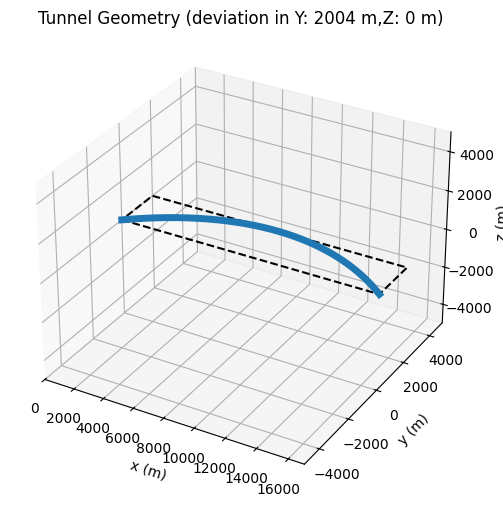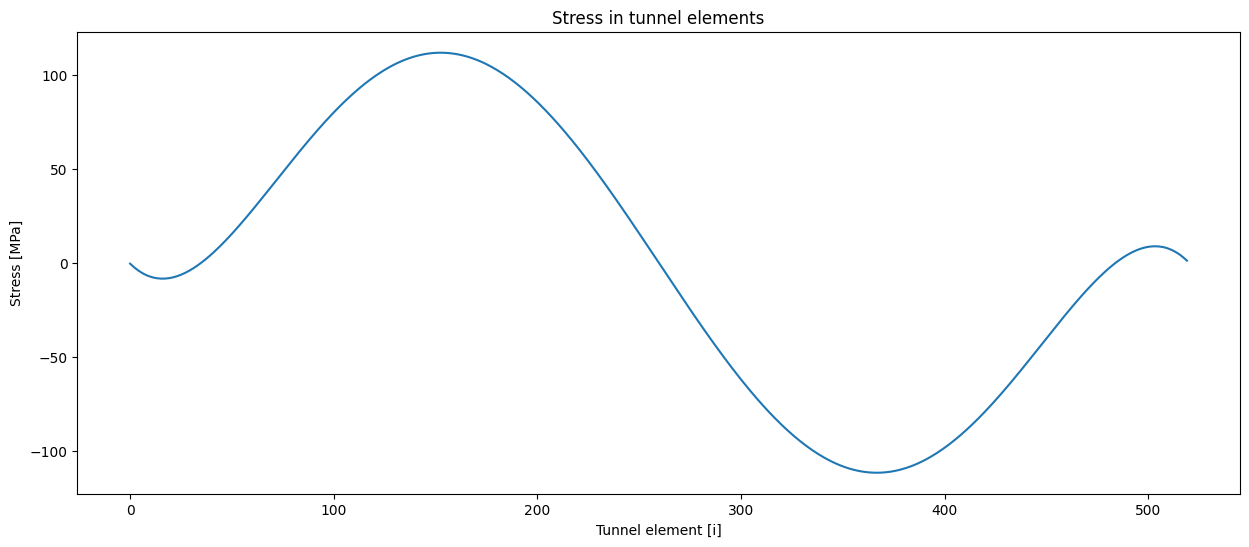Workshop 5: Deterministic Analysis (notebook 1 of 2)#
The purpose of this notebook is to help you understand the limit-state function, but use it deterministically, prior to running the reliability analyses. It is not trivial to take a complex code like FEM with multiple functions and turn it into a “simple” limit-state function.
import numpy as np
import matplotlib.pyplot as plt
from matplotlib.pylab import rcParams
rcParams['figure.figsize'] = 15, 6
import time
Task 1: Load FEM model#
The material properties can be adjusted in the FEM.py file.
Task 1: execute the cell below to import the FEM model and confirm the initial conditions and material properties of the beam are set up. Read the cell output to get an overview of the results. It would be good to scan through the file quickly to see what the contents are (especially since you are covering this topic in the computational modelling unit!).
import FEM
Height of the beam: 2.38e+01 m
Width of the beam: 9.20e+00 m
Area of the beam: 3.80e+01 m2
E-modulus of the beam: 5.00e+10 Pa
Torsion constant of the beam: 5.07e+04 m4
Shear modulus of the beam: 1.92e+10 Pa
Density of the beam: 2.50e+03 kg/m3
Mass per unit length of the beam: 1.50e+05 kg/m
Bending stiffness of the beam, x-direction : 4.87e+15 N.m2
Bending stiffness of the beam, z-direction: 7.28e+14 N.m2
Axial stiffness of the beam: 1.90e+12 N
Torsional stiffness of the beam: 9.74e+14 N.m2
Moment of inertia of the beam: 1.27e+08 m2
Number of tunnel elements: 521.0
Deviation of tunnel alignment from straight line, in:
X: 17007.4 m
Y: 2003.68 m
Z: 0 m

Task 2: compute external forces#
Forces on the tunnel are computed using the Morisson equation, which is implemented in the file Morisson_forces.py.
Task 2: import the functions and read the contents of the file and to see what functions are inside. They will be used directly in the next task.
import Morrisson_forces
Task 3: calculate total axial stresses with global matrix#
Task 3.1:
based on your understanding of the stress calculation algorithm (notebook Analysis_deterministic.ipynb), complete the function to evaluate the total axial stress.
def total_calculation_axial_stresses(significant_wave_height_swell,
significant_wave_height_windsea,
U_current_velocity):
'''Find axial stresses due to wind and swell waves.
Inputs: three load random variables
Returns: stress
'''
start_time = time.time()
sigma_wind = FEM.calculate_axial_stress_FEM(
Morrisson_forces.F_morison_wind(
significant_wave_height_windsea))
sigma_swell_and_current = FEM.calculate_axial_stress_FEM(
Morrisson_forces.F_morison_swell_current(
significant_wave_height_swell,
U_current_velocity))
# YOUR_CODE_HERE
# Solution:
sigma = sigma_wind + sigma_swell_and_current
end_time = time.time()
elapsed_time = end_time - start_time
print(f"Time to run FEM calculation: "
+ f"{elapsed_time:.2f} seconds")
return sigma
Task 4: Run FEM model#
Now you can calculate axial stresses for given input values.
Task 5: execute the cell below to run the FEM model. Note in particular: a) how long it takes to run an analysis, and b) which parameters will become the random variables in the component reliability analysis.
output_FEM = total_calculation_axial_stresses(significant_wave_height_swell=1,
significant_wave_height_windsea=1,
U_current_velocity=2
)
Time to run FEM calculation: 2.52 seconds
plt.plot(output_FEM);
plt.ylabel('Stress [MPa]')
plt.xlabel('Tunnel element [i]')
plt.title('Stress in tunnel elements');

